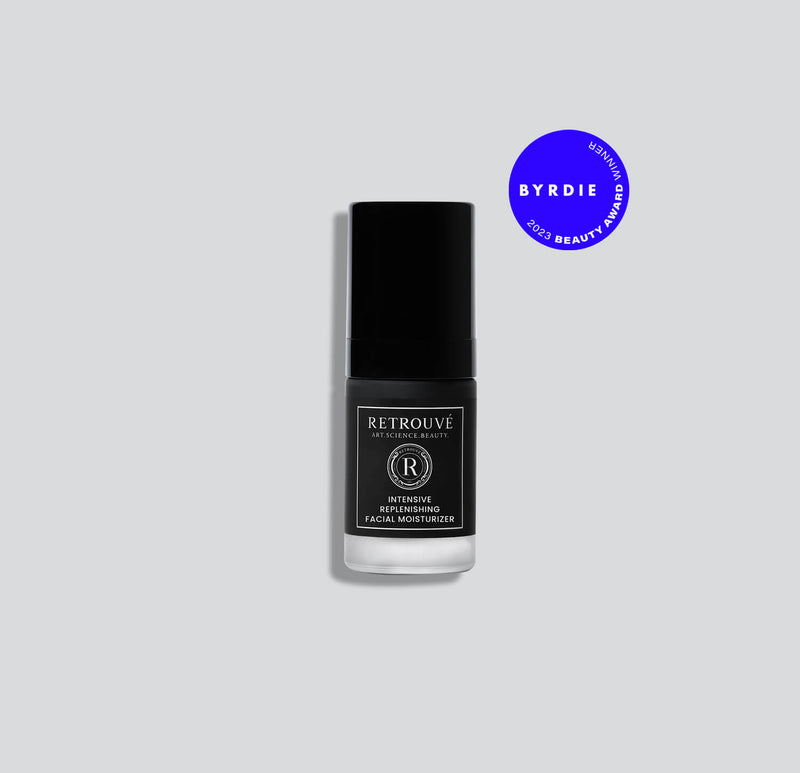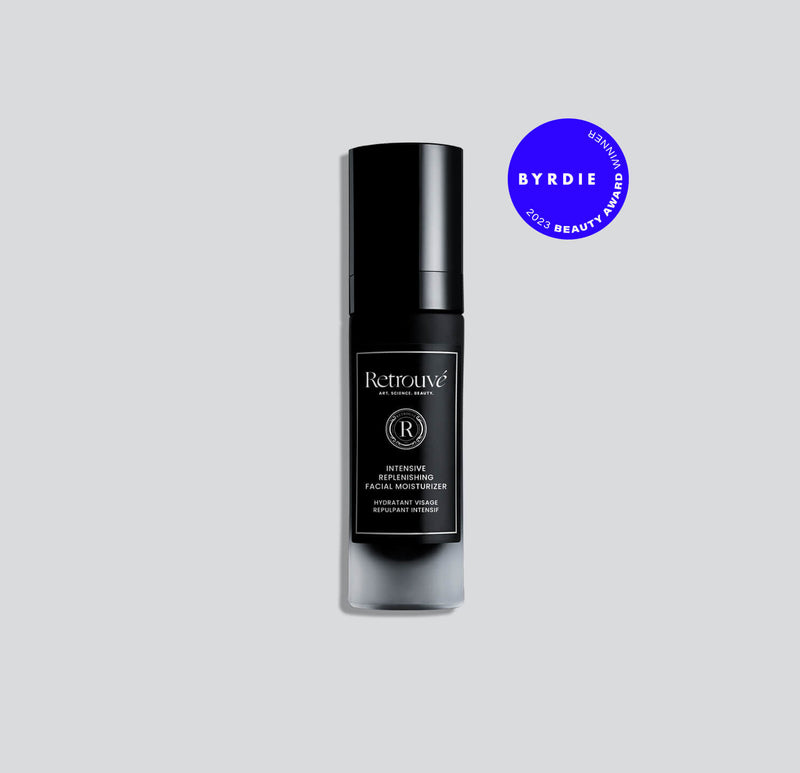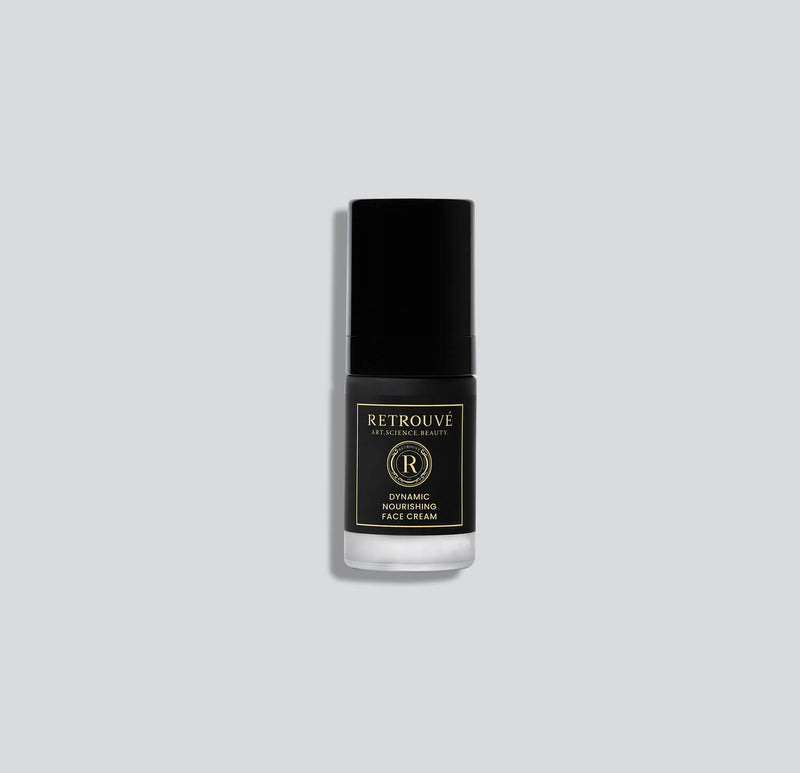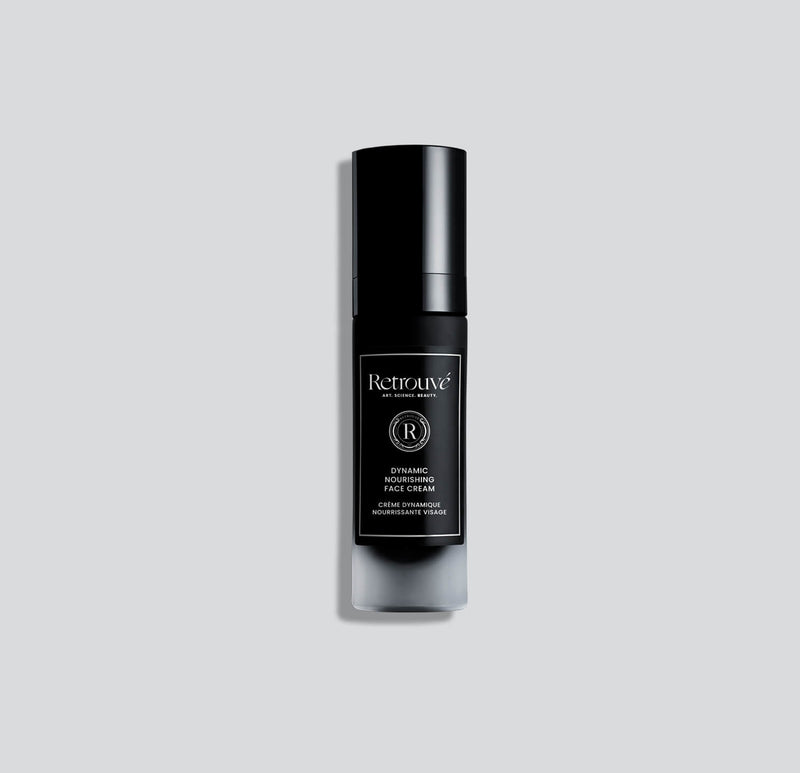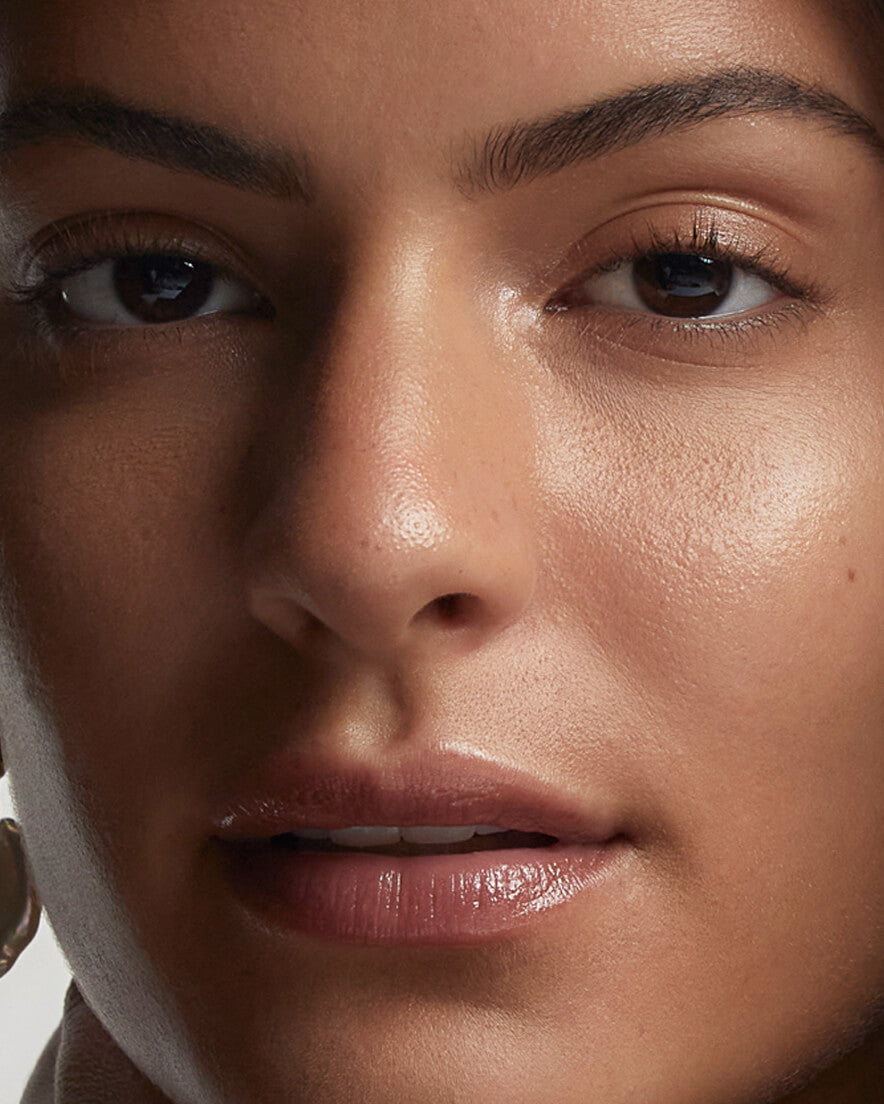Most people are aware of the damaging effects of UV light exposure to the skin; however, many do not realize that solar radiation can be quite harmful to the eyes as well.
As with the skin, short-term exposure to UV rays causes a burning effect to the eye called photokeratitis, a temporary condition that may be painful and cause symptoms such as red eyes, a gritty sensation, sensitivity to light, and/or tearing. Just as increased exposure to the sun can have a deleterious effect on the skin, so too can long-term exposure to UV radiation lead to more serious eye conditions such as cataracts, retina damage, and macular degeneration, according to The American Ocular Association (AOA).
Certain forms of ocular cancer may be attributed to solar/UV exposure as well. Indeed, ocular melanoma accounts for approximately 5 – 12% of all melanoma cases, per The Melanoma Research Foundation. Studies indicate that those with a fair-colored complexion and light-colored eyes may be at a higher risk for this type of cancer when exposed to UV light.
The longer the eyes are exposed to solar radiation, the greater the risk of harm. Long-term exposure to UV radiation increases the chance of developing a cataract or macular degeneration, according to AOA. As it is quite difficult to avoid sun/UV exposure altogether, experts therefore suggest taking protective measures when outdoors such as wearing a wide-brimmed hat (preferably in a tight weave and dark color) and fine-quality sunglasses. As with sunscreen, it is necessary to protect the eyes from damaging UV rays 365 days of the year – even on seemingly “sunless,” cloudy, or dark days! (Further, those who take prescription or over-the-counter drugs that can increase sensitivity to UV radiation are particularly at risk.) With so many designers creating high-end sunglasses these days, many fashionable options are available on the market; regrettably, however, not all lenses offer optimal protection from UV exposure.
When shopping for sunglasses, it is important to heed the warning, caveat emptor, no federal requirements currently exist regulating UV protection, light transmission levels, or lens quality. (Please note, however, that the U.S. Food and Drug Administration (FDA) does indeed have standards for claims made on behalf of UV-blocking contact lenses.) The AOA recommends considering the following to ensure that newly purchased sunglasses are sufficiently protective:
Lenses should block 99 – 100% of both UV-A and UV-B rays and screen out 75 – 90% of visible light. Avoid purchasing sunglasses that provide a vague or misleading claim such as “UV absorbing” or “blocks most UV light.”
Ask optometrist/optician to recommend the best lens color and darkness that ensures comfort and critical vision when driving or out in the sun. (The AOA suggests gray, as this shade offers the best color recognition.) With regard to darkness, experts generally agree that if one can distinguish one’s eyes too clearly through the lenses, then they are most likely not dark (ie, protective) enough. Lightly tinted lenses actually provide more harm than good; as they relax/dilate one’s pupils, allowing more damaging radiation to penetrate the retina than if no sunglasses were worn at all!
Lenses should be matched perfectly in color. The color of lenses found on lower-quality sunglasses often varies, and wearing glasses with two different colored lenses can strain the eyes. Lenses should also be free of distortion and imperfection. Gradient lenses should lighten gradually from top to bottom. To check for distortion, look through glasses at a straight line in the distance, such as the edge of a table or window. Slowly move the lens across the line. If the straight edge looks distorted or curved, this means that the lens is imperfect, and therefore the glasses should not be purchased. Because it is crucial to check each pair of glasses for these potentially hazardous imperfections, it may be preferable to purchase sunglasses in person rather than online.
Ideally, frames should fit close to the eyes and contour to the shape of one’s face in order to prevent exposure to UV rays from all sides, even from behind. (Wrap-around sunglasses are particularly beneficial for this purpose, and they have the added bonus of protecting more of the delicate skin that surrounds the eyes – the area of the face that is usually the first to show signs of ageing!)
Purchase prescription glasses with tints and full UV protection. While some contact lenses also offer UV protection, these should be worn with sunglasses to maximize benefits.
Polarized lenses have been known to be quite helpful in reducing reflected glare, although they do not block UV light. Make certain that the lenses also afford UV protection.
Eye-health experts warn against squinting in the sun, as bright light and its glare impede one’s ability to see comfortably. Squinting, as dermatologists will agree, also wreaks havoc on delicate facial skin – especially in the fragile eye area – leaving it susceptible to unnecessary wrinkling and ageing. Why take this chance?
I always have a pair of sunglasses with me to wear whenever I am outdoors or in a room that has a great deal of window coverage and thus, a great deal of potential for UV light exposure. I have a collection of styles to suit different occasions, as I believe that taking care of my eye (and skin!) health in this way is a most worthwhile investment! When indoors, I also like to draw the blinds and curtains to further protect myself from unwanted UV exposure. Shockingly, just being indoors may not protect from dangerous exposure. In fact, studies show that at least 50% of UVA radiation can pass through windows, and car windows have been proven to let in more than 60% UVA radiation. When travelling, in addition to wearing sunscreen, installing dark tinting/film or window shades for the car provides another layer of protection in the effort to avoid the harsh and damaging effects of UV rays.
Thanks!
You’ll receive an email when it’s back.
featured products
related
Skin Care
Jami’s Skincare Routine for Long-Distance Flights
I fly many air miles a year; mainly between North America and Europe, and one thing is certain: Extended periods of time in flight are simply terrible f...
ReadSkin Care
Jami’s Tips for Transitioning Skincare to Spring
Temperatures soar in spring, and with warmer weather comes clothing that exposes more skin, as well as an increased desire for one’s skin to look its best!
ReadThe Retrouvé Difference
JAMI'S APPROACH TO YOUTHFUL-LOOKING SKIN
Jami Morse Heidegger explains why she embraces pro-aging as a philosophy and skincare approach. Plus, read on to discover her favorite Retrouvé product,...
ReadSkin Care
Jami’s Skincare Routine for Long-Distance Flights
I fly many air miles a year; mainly between North America and Europe, and one thing is certain: Extended periods of time in flight are simply terrible f...
ReadSkin Care
Celebrating 10 Years with 10 Suggestions for Self-Care
Birthdays at my age are times when I definitely reflect more on age and aging. I personally endeavor to try to stay as healthy as I can holistically for...
ReadSkin Care
The Skin Barrier Explained
Our skin is our body's largest organ and serves as a vital barrier between the internal systems of our bodies and the outside world.
Read


